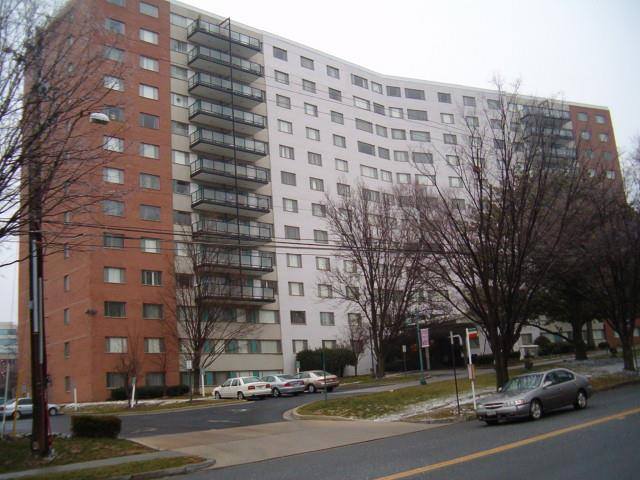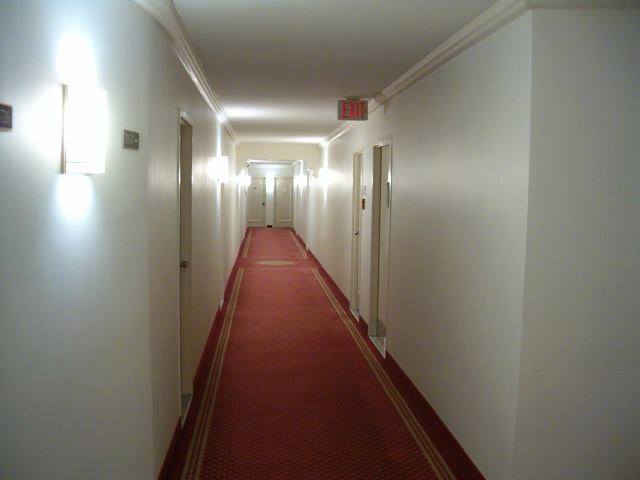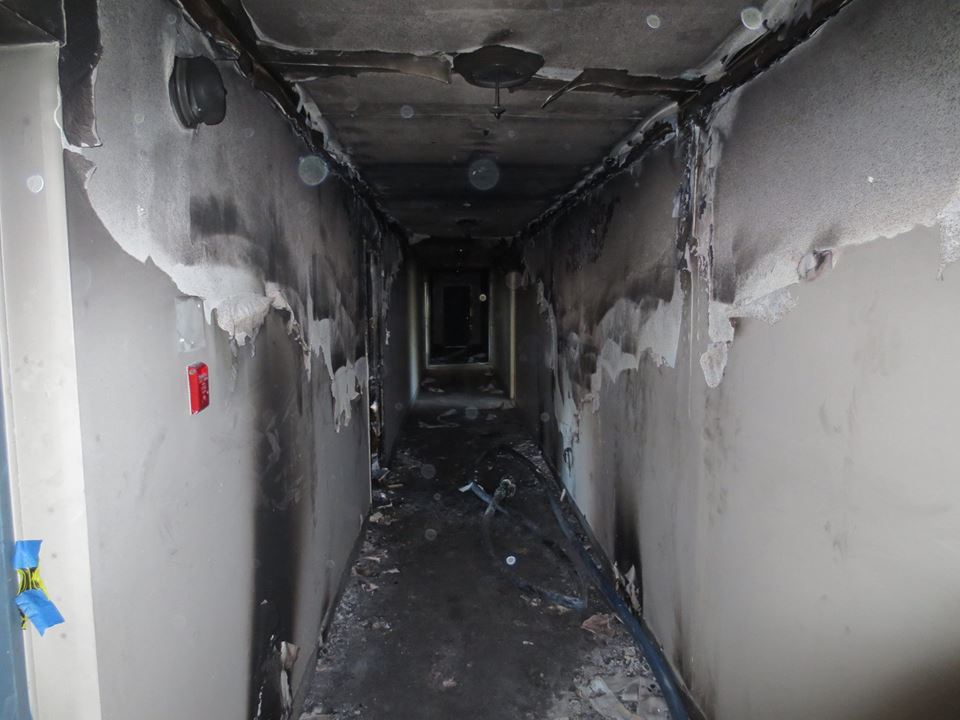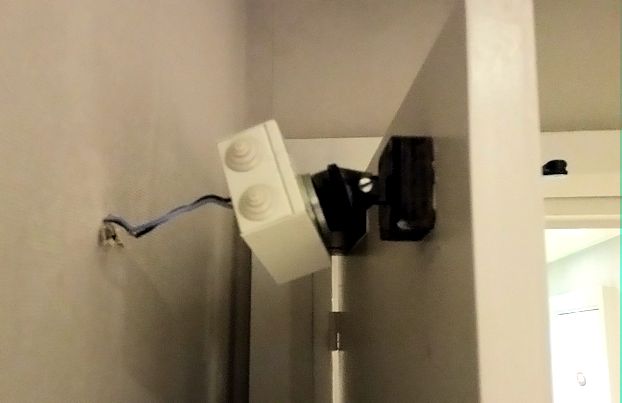This week I received some Fixed-it Friday photos from Peter Romanov of Allegion. The photos were taken at a hotel in Paris, which had recently become part of a major US-based hotel chain. In the process of renovating the hotel, the magnetic holders were detached from the walls to allow for the wall coverings to be changed. Wood wedges were being used along with the magnetic holders. And yes…the hotel was open for business and occupied.
I don’t have a photo of the labels on these doors, but the purpose of cross-corridor doors in this application would be to compartmentalize the building. The magnetic holders make it clear that the intention is for the doors to close if there is a fire alarm. This is obviously not going to happen if there are wood wedges in place.
Coincidentally, I also ran across the photos below on Facebook, shared by The 1st Battalion. With their permission, I have included their Facebook messages with their photos:
Closed Doors Save Lives!
The 1st Battalion is home to the greatest number of unsprinklered high-rise apartment buildings in Montgomery County. Most of the time, fires occuring in these structures are relatively small in size and are quickly contained when discovered early. However, once a fire begins to consume an apartment, the apartment “doors” become pretty darn important in terms of fire growth and spread.
In a high-rise apartment building, the hallway (a.k.a. public corridor) is a very important place: it is where occupants will evacuate once the fire alarm sounds and it is where firefighting crews will stretch and advance their hose lines for fire attack. When fire “leaves the apartment” and enters the hallway – the “game changes” – as they say.
When a hallway is contaminated with smoke, flames, and toxic gases – occupant self-evacuation can be a deadly. Of course, fire attack also becomes much more difficult.
In Montgomery County, apartment doors that open into a public corridor (hallway) must be equipped with self-closing devices. These devices generally include some type of spring-loaded hinge or door closure mechanism.
IF YOU LIVE IN ONE OF THESE APARTMENTS – PLEASE BE SURE THAT YOUR DOOR CLOSURES WORK! If the closures do not work – contact your building maintenance staff to have the repairs made.
AND BY ALL MEANS, DO NOT DISABLE THE CLOSURES – YOUR LIFE AND THE LIVES OF YOUR NEIGHBORS DEPEND ON IT!

One of many unsprinklered residential high-rise apartment buildings in the 1st Battalion. In order for occupants to safely evacuate this building, the fire must be discovered early and occupants alerted early. As long as the flames and smoke are kept in the fire apartment – the chances for a safe evacuation of the fire floor are very good.

Know the location of your nearest exit stairwell as well as the location of your secondary exit stairwell. Things will look much different in smoke. The self-closing door hinge is a life saver. Do not “defeat” it by disabling it or blocking open a door.
Dwelling unit entrance doors, exit enclosure / stairwell doors, and cross-corridor doors CAN and WILL slow the spread of smoke, flames, and toxic gases during a fire in a residential occupancy. But only if the assemblies are able to perform as designed and tested. Pass it on.
You need to login or register to bookmark/favorite this content.








For the hotel,
Elevator lobby?? Since there are doors on down the corridor.
And one of my pet peeves, yes you cannot see the entire corridor , but no exit sign above the door ???
Even if they were to close they wouldn’t latch.
No hardware!
Maybe smoke only?
Maybe the AHJ needs new glasses.
Good eye. The European requirements are different though…latches probably aren’t required for these doors per those standards.